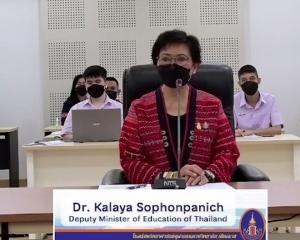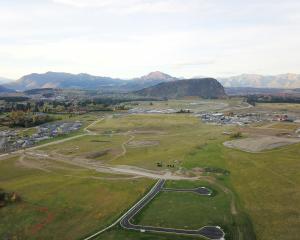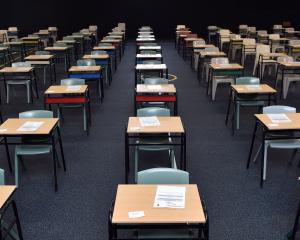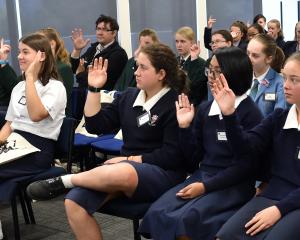Compare. measure, contrast, rank - it is an instinctual human tendency, and in few other aspects of life is the drive more acute than the schooling of our children.
Those who prize education as a means to offer their offspring an advantageous start in life consider their schooling with considerable care and not a little anxiety.
Those who have the wherewithal will sometimes even move house to be near "good" schools; indeed, such an association is widely regarded - with good evidence - to be a significant factor in real estate values.
The vexed question at the heart of all this, however, is what constitutes a "good" school, a matter that has been canvassed by politicians and educators alike in the past few days.
Specifically, a debate has arisen on the ranking of schools in "deciles" following the publication of figures appearing to show that the numbers of pakeha children attending the lowest decile schools has decreased by about half during the past 12 years.
At the same time, the question of the publication of "league tables" for schools based on their performance in National Standards has raised further the temperature in exchanges on the business of assessing educational effectiveness.
The decile ranking of schools according to the socioeconomic data of their pupil catchment areas was instituted in the 1990s.
The intention was to even out funding for all schools by weighting support towards those schools in poorer areas which were considered less likely to be able to raise substantial funds, including in school "donations".
Neither were schools at the bottom of the rankings expected to be able to capture the lawyers, accountants, doctors and businesspeople for their boards of governors that were to be commonly found on the boards of schools in wealthier areas.
The rationale was state-provided and funded education should be a level-playing field for all, regardless of which part of the town or city, or whatever the socio-economic or ethnic make-up of the area.
There is some evidence that, initially at least, this was a successful strategy.
There is also some evidence that, to an extent, it still is.
That is to say, the correlation between a "good" school and its decile ranking is not the simple equation many people assume it to be.
Schools in well-to-do areas are often ranked towards 10.
Schools in the poorer or more disadvantaged precincts usually make up the lower ranks.
But some lower decile schools outperform higher decile schools when measured by a range of criteria including, in some cases, academic achievements.
It is, of course, understandable that parents want simplified measurements of educational efficacy.
In Australia, when the Government launched its "Schools-Plus" website providing detailed information on school performance, the resulting demand tested the site's capacity.
The danger, however, is that both decile rankings and league tables based on National Standards tell a superficial and potentially misleading story about the complex business of teaching and learning, not to mention the outcomes in particular schools.
One of the objections to the institution of National Standards was indeed the likelihood that the results would find their way into league tables.
They remained an "unreliable measure", having never been trialled, and there was no tested consistency in their application between schools, opponents reiterated this week.
Nor did they measure the ability of teaching staff and the degrees of progress achieved for individual pupils.
It is likely National Standards statistics will become available to the media under the Official Information Act and thus publishable.
In such circumstances there is some force in the argument the Ministry of Education should provide such figures; presented in a carefully nuanced way with appropriate explanations.
Whether this will assuage the appetite for such comparisons and rankings is yet to be seen, but a plea should be made that they be treated with the circumspection they deserve.
Decile rankings and league tables can only ever tell a small part of the education story, and setting too much store by them could have deleterious consequences for the entire education system - including promoting widening gaps based on socio-economic perceptions.











